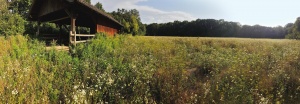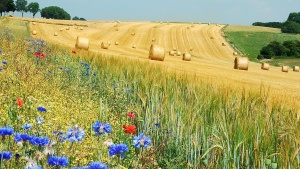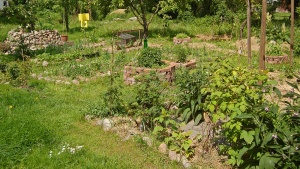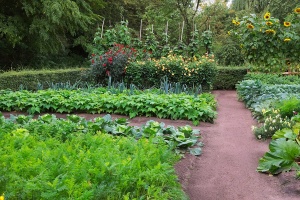Permaculture is an approach to land management and philosophy that adopts arrangements observed in flourishing natural ecosystems. It includes a set of design principles derived using whole systems thinking. It uses these principles in fields such as regenerative agriculture, rewilding, and community resilience. Permaculture originally came from "permanent agriculture", but was later adjusted to mean "permanent culture", incorporating social aspects as inspired by Masanobu Fukuoka's natural farming. The term was coined by Bill Mollison and David Holmgren in 1978, who formulated the concept in opposition to Western industrialized methods and in congruence with Indigenous or traditional knowledge.
Permaculture has many branches including ecological design, ecological engineering, regenerative design, environmental design, and construction. It also includes integrated water resources management that develops sustainable architecture, and regenerative and self-maintained habitat and agricultural systems modeled from natural ecosystems. Permaculture has been implemented and gained widespread visibility throughout the world as an agricultural and architectural design system and as a guiding life principle or philosophy. Much of its success has been attributed to the role of Indigenous knowledge and traditions, in which the practice itself is rooted. In turn, the rise of permaculture has revalidated Indigenous knowledge in circles where it was previously devalued.
The ethics on which permaculture builds are:
- Earth care: Provision for all life systems to continue and multiply.
- People care: Provision for people to access those resources necessary for their existence.
- Fair share: Setting limits to population and consumption so that people do not take more than what is needed. By governing our own needs, we can set resources aside to further the above principles. This principle is also described as share the surplus.
Permaculture emphasizes patterns of landscape, function, and species assemblies. It determines where these elements should be placed so they can provide maximum benefit to the local environment. Permaculture maximizes useful connections between components and synergy of the final design. The focus of permaculture, therefore, is not on individual elements, but rather on the relationships among them. Properly done, the whole becomes greater than the sum of its parts. Permaculture seeks to minimize waste, human labor, and energy input and maximize benefits through synergy.
Permaculture design is founded in replicating or imitating natural patterns found in ecosystems because these solutions have emerged through evolution over thousands of years and have proven to be effective. As a result, the implementation of permaculture design will vary widely depending on the region of the Earth it is located in. Design principles derive from the science of systems ecology and the study of pre-industrial examples of sustainable land use. Permaculture draws from disciplines including organic farming, agroforestry, integrated farming, sustainable development, physics, meteorology, sociology, anthropology, biochemistry, engineering, and applied ecology.
Source: Wikipedia contributors. "Permaculture." Wikipedia, The Free Encyclopedia. Wikipedia, The Free Encyclopedia, 27 Jun. 2021. Web. 28 Jun. 2021.


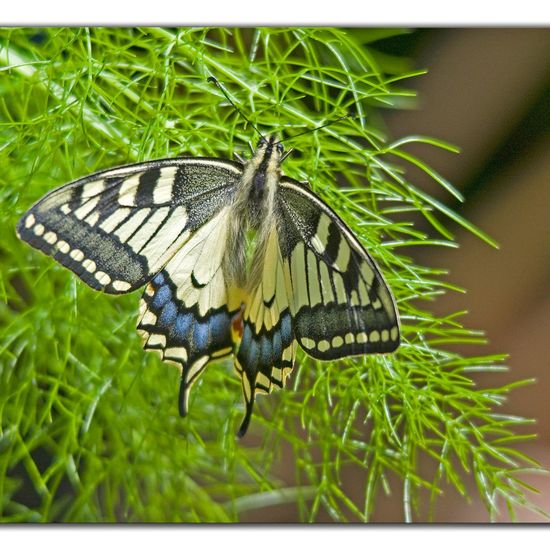 A discovery by Danny VG in habitat Garden on 07.06.2021. Papilio machaon (Papilio machaon) is a species of insect.
A discovery by Danny VG in habitat Garden on 07.06.2021. Papilio machaon (Papilio machaon) is a species of insect. 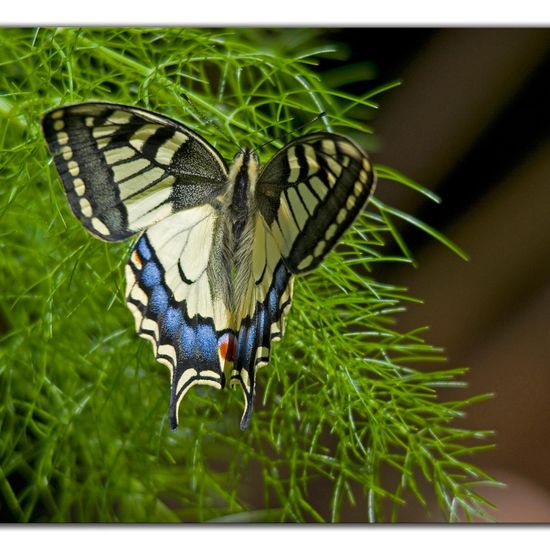 A discovery by Danny VG in habitat Garden on 07.06.2021. Papilio machaon (Papilio machaon) is a species of insect.
A discovery by Danny VG in habitat Garden on 07.06.2021. Papilio machaon (Papilio machaon) is a species of insect. 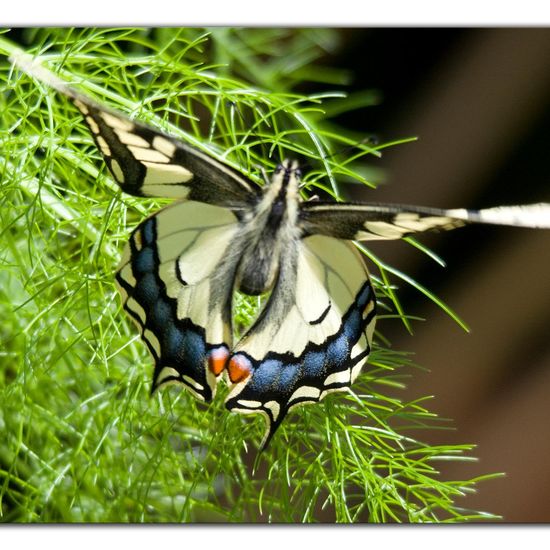 A discovery by Danny VG in habitat Garden on 07.06.2021. Papilio machaon (Papilio machaon) is a species of insect.
A discovery by Danny VG in habitat Garden on 07.06.2021. Papilio machaon (Papilio machaon) is a species of insect. 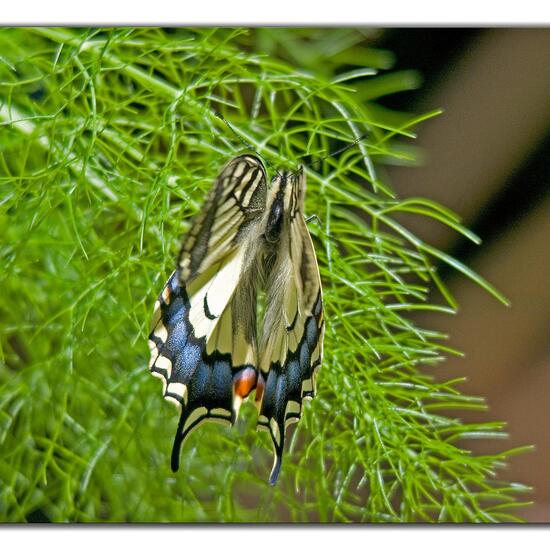 A discovery by Danny VG in habitat Garden on 07.06.2021. Papilio machaon (Papilio machaon) is a species of insect.
A discovery by Danny VG in habitat Garden on 07.06.2021. Papilio machaon (Papilio machaon) is a species of insect. 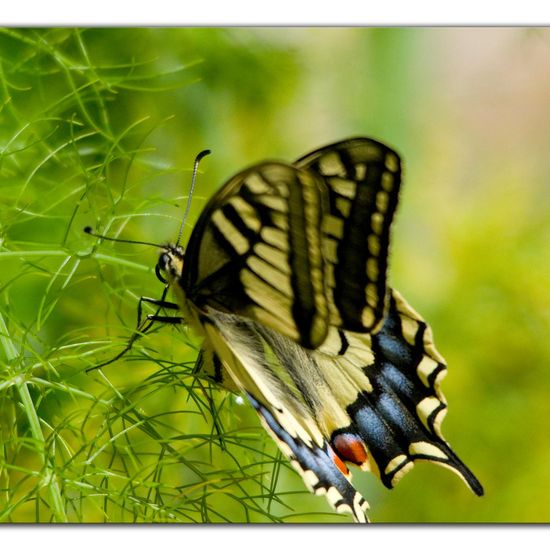 A discovery by Danny VG in habitat Garden on 07.06.2021. Papilio machaon (Papilio machaon) is a species of insect.
A discovery by Danny VG in habitat Garden on 07.06.2021. Papilio machaon (Papilio machaon) is a species of insect. 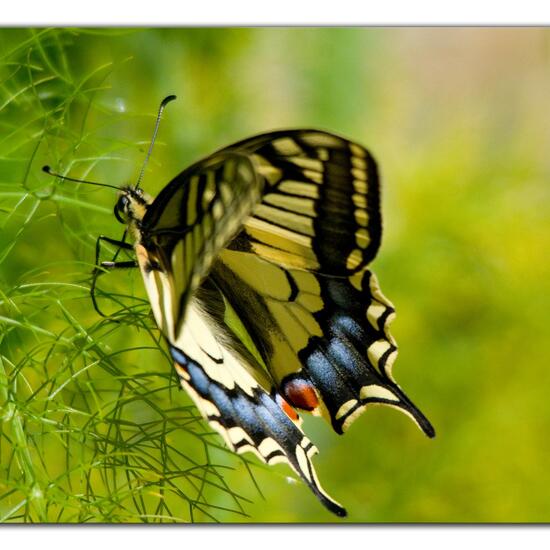 A discovery by Danny VG in habitat Garden on 07.06.2021. Papilio machaon (Papilio machaon) is a species of insect.
A discovery by Danny VG in habitat Garden on 07.06.2021. Papilio machaon (Papilio machaon) is a species of insect. 